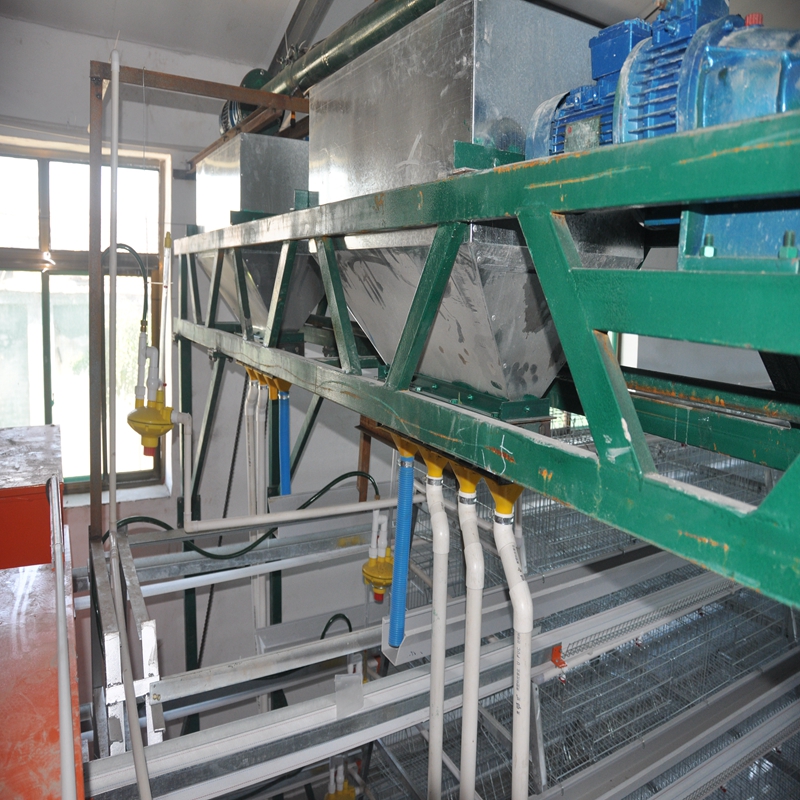chicken scalder and plucker
Dec . 17, 2024 01:32 Back to list
chicken scalder and plucker
The Role of Chicken Scalders and Pluckers in Poultry Processing
In the modern poultry processing industry, efficiency and hygiene are paramount. Among the various tools and machines that facilitate this process, chicken scalders and pluckers play a vital role in ensuring that chickens are prepared for consumption with utmost care and speed. Understanding how these two machines work can shed light on their significant impact on meat quality and overall production efficiency.
Chicken Scalders
Chicken scalders are essential for the processing of birds post-slaughter. The primary function of a scalding machine is to loosen the feathers from the skin of the chicken, making it easier to remove them during the plucking process. Scalding typically involves immersing the chicken in hot water, usually at temperatures ranging from 140°F to 160°F (60°C to 71°C), for a specific duration. This action not only helps in feather removal but also prepares the skin, keeping it clean and reducing the risk of contamination.
The science behind scalding involves thermal processing, where the heat disrupts the structure of the feather follicles, causing them to loosen. Timing is critical; if the chicken is scalded for too short a time, the feathers may remain stubbornly attached; conversely, scalding for too long can lead to damage to the skin and can negatively impact the quality of the meat. Therefore, poultry processing plants often use controlled systems that monitor water temperature and time to ensure effective and consistent results.
Chicken Pluckers
Once the birds have been scalded, they are transported to the plucking machines. Chicken pluckers utilize an array of rubber fingers on a rotating drum to remove the feathers. The design of these pluckers is such that they effectively grab and pull out the feathers without damaging the skin or the underlying meat. This method is far more efficient than manual plucking, which is labor-intensive and time-consuming.
chicken scalder and plucker

Modern plucking machines can process several birds per minute, significantly increasing productivity in a poultry processing facility. The efficiency of these pluckers not only enhances operational throughput but also minimizes the physical strain on workers, allowing for a more streamlined workflow. Furthermore, advanced plucking technology has been developed to cater to various chicken sizes, ensuring that all birds are processed uniformly.
Impact on Meat Quality
The scalding and plucking processes are crucial not just for efficiency but also for the quality of the final product. Properly scalded and plucked chickens are less likely to suffer from quality issues such as bruising, which can occur if feathers are removed improperly or if the skin is damaged during processing. High-quality meat is essential for consumer satisfaction, and any discrepancies can lead to significant economic repercussions for poultry producers.
Moreover, thorough scalding and plucking help in maintaining strict hygiene standards. The primary goal in any poultry processing plant is to reduce the risk of microbial contamination, which can lead to foodborne illnesses. By using specialized equipment, poultry processors can ensure that their products meet safety regulations and consumer expectations.
The Future of Poultry Processing
As technology continues to advance, the role of chicken scalders and pluckers will evolve. Innovations such as automated systems, enhanced monitoring technologies, and even smart machines equipped with sensors that can determine the optimal scalding time and temperature are being researched and developed. This will not only improve efficiency further but also enhance the accuracy of both scalding and plucking processes.
In conclusion, chicken scalders and pluckers are indispensable components of the poultry processing industry. They ensure the efficient, hygienic, and high-quality preparation of chickens for consumption. As the industry evolves, so too will the methods and technologies that enhance these processes, ensuring that consumers continue to receive safe and delicious poultry products. Proper understanding and implementation of these technologies will be critical to meeting the growing demand for poultry while maintaining quality and safety standards.
-
Hot Sale 24 & 18 Door Rabbit Cages - Premium Breeding Solutions
NewsJul.25,2025
-
Automatic Feeding Line System Pan Feeder Nipple Drinker - Anping County Yize Metal Products Co., Ltd.
NewsJul.21,2025
-
Automatic Feeding Line System Pan Feeder Nipple Drinker - Anping County Yize Metal Products Co., Ltd.
NewsJul.21,2025
-
Automatic Feeding Line System - Anping Yize | Precision & Nipple
NewsJul.21,2025
-
Automatic Feeding Line System - Anping Yize | Precision & Nipple
NewsJul.21,2025
-
Automatic Feeding Line System-Anping County Yize Metal Products Co., Ltd.|Efficient Feed Distribution&Customized Animal Farming Solutions
NewsJul.21,2025






